Woody Perennial Information: What Makes A Perennial Woody
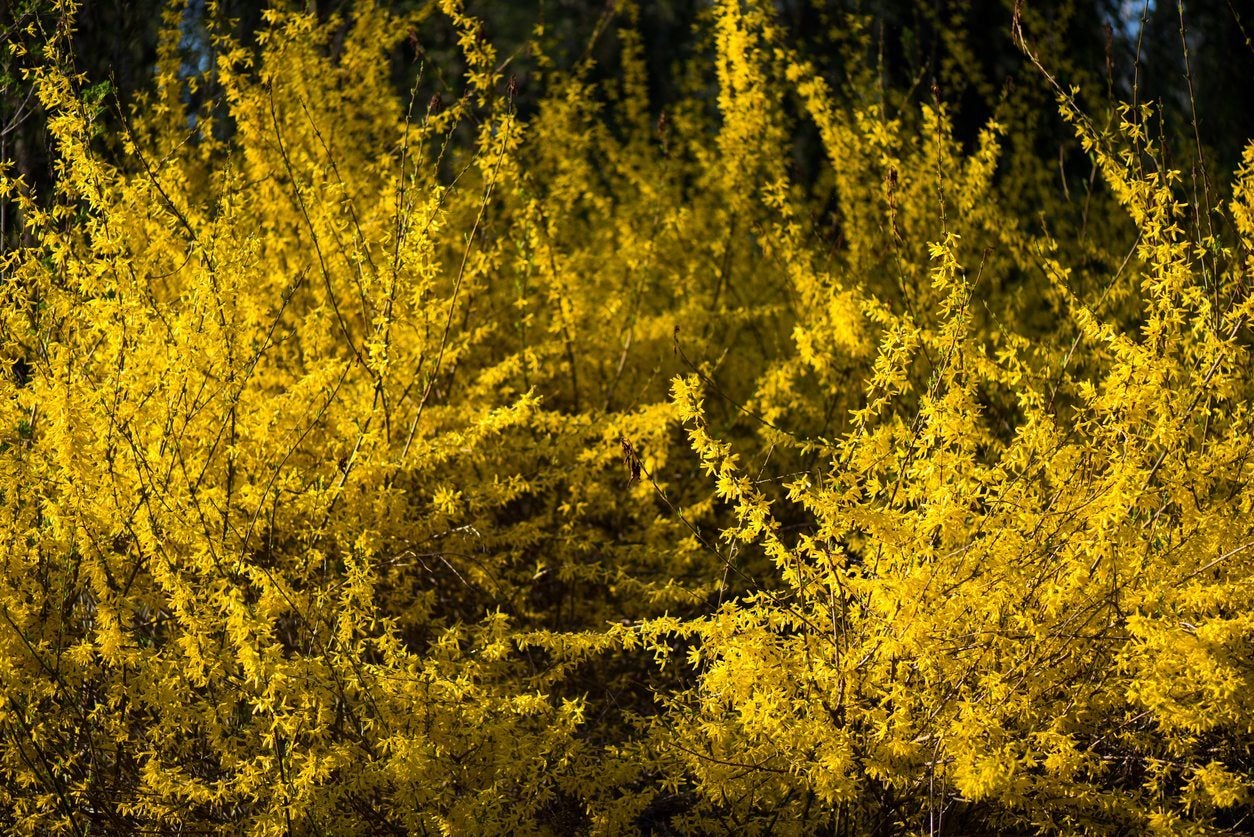

What are woody perennials, and exactly what makes a perennial woody? Most plants are categorized into two general types: either perennial or annual. Perennials are those that live for two years or more, while annuals live only a single growing season. To narrow things down even further, there are two types of perennials – herbaceous perennials and woody perennials. Read on for basic woody perennial information.
Woody Perennial Characteristics
What makes a perennial woody? According to “Trees, Their Use, Management, Cultivation and Biology” by Bob Watson, woody perennials include all trees and shrubs, no matter what their size or proportions. Woody perennials can increase in both height and width, which provides them with the strength to support new wood every year. Their woody framework is covered with bark. Some types of plants are considered semi-woody because they aren’t quite as woody as a tree or shrub. Examples include vines like climbing hydrangea and wisteria or shrubby perennial herbs such as rosemary and lavender. Woody perennials can be either deciduous or evergreen. In some climates, their above-ground structure may be dormant during the winter and may even die down to the ground, but the plant doesn’t die (unless weather conditions are unsuitable and the plant freezes). In fact, some woody perennials live for hundreds or even thousands of years.
Growing Woody Perennials
Woody perennials are usually considered the backbone of the garden. Why do gardeners depend on woody perennials? Longevity: Woody perennials are long-lasting. Unlike annuals, there is no need to replace them every year. Size: Woody perennials, especially trees and shrubs, grow much larger than annuals or herbaceous perennials. Many provide welcome shade during the hot months of summer. Year-round interest: Woody perennials add interest all season, year after year. Many have brilliant, fall colors or colorful fruit. Even woody perennials with bare, leafless tops add texture and interest to the garden in the off-season. Food and shelter for wildlife: Woody perennials can provide important habitats for a diversity of birds and wildlife throughout the winter months. Those with berries may provide sustenance when it is needed most – in late winter and early spring.
Gardening tips, videos, info and more delivered right to your inbox!
Sign up for the Gardening Know How newsletter today and receive a free copy of our e-book "How to Grow Delicious Tomatoes".

A Credentialed Garden Writer, Mary H. Dyer was with Gardening Know How in the very beginning, publishing articles as early as 2007.
-
 Looking For Plants To Give You The Soft And Fuzzies? Try These 5 Fuzzy Leaf Plant Options
Looking For Plants To Give You The Soft And Fuzzies? Try These 5 Fuzzy Leaf Plant OptionsLovers of texture, drama, silver foliage and tactile plants will adore these special sensory garden additions. These fuzzy leaf plant options will leave you all aglow
By Susan Albert
-
 Get Ready For A Summer Of Hummers! Grow These Full Sun Hummingbird Plants and Flowers
Get Ready For A Summer Of Hummers! Grow These Full Sun Hummingbird Plants and FlowersIf you’re lucky enough to enjoy a sunny backyard, make sure you are maxing out on your pollinator opportunities and grow these full sun hummingbird plants and flowers
By Tonya Barnett
-
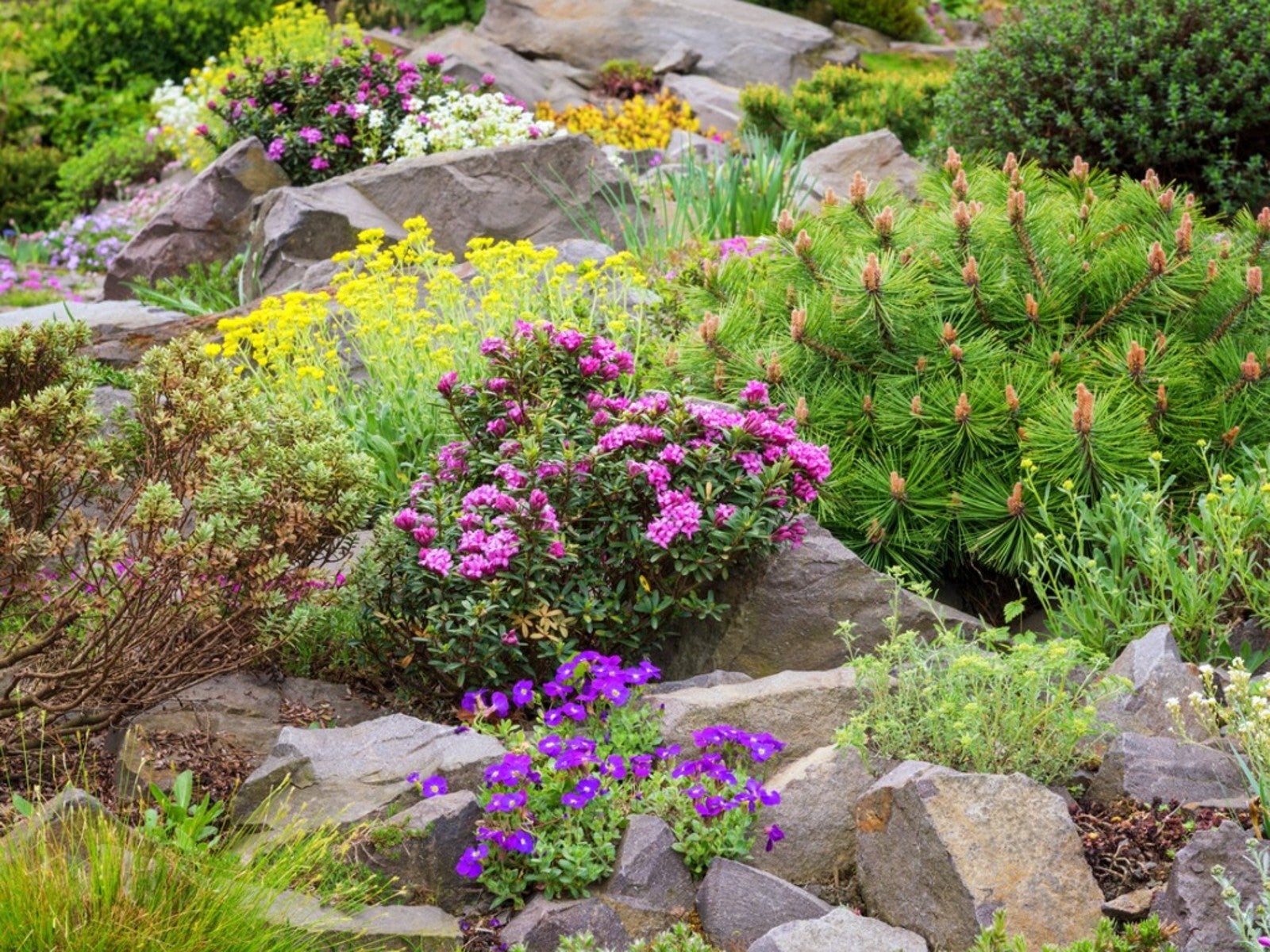 Best Short Bushes For Erosion Control
Best Short Bushes For Erosion ControlErosion is a serious problem that can be solved with the right plants. Read about some low-growing shrubs that can help with erosion control.
By Bonnie L. Grant
-
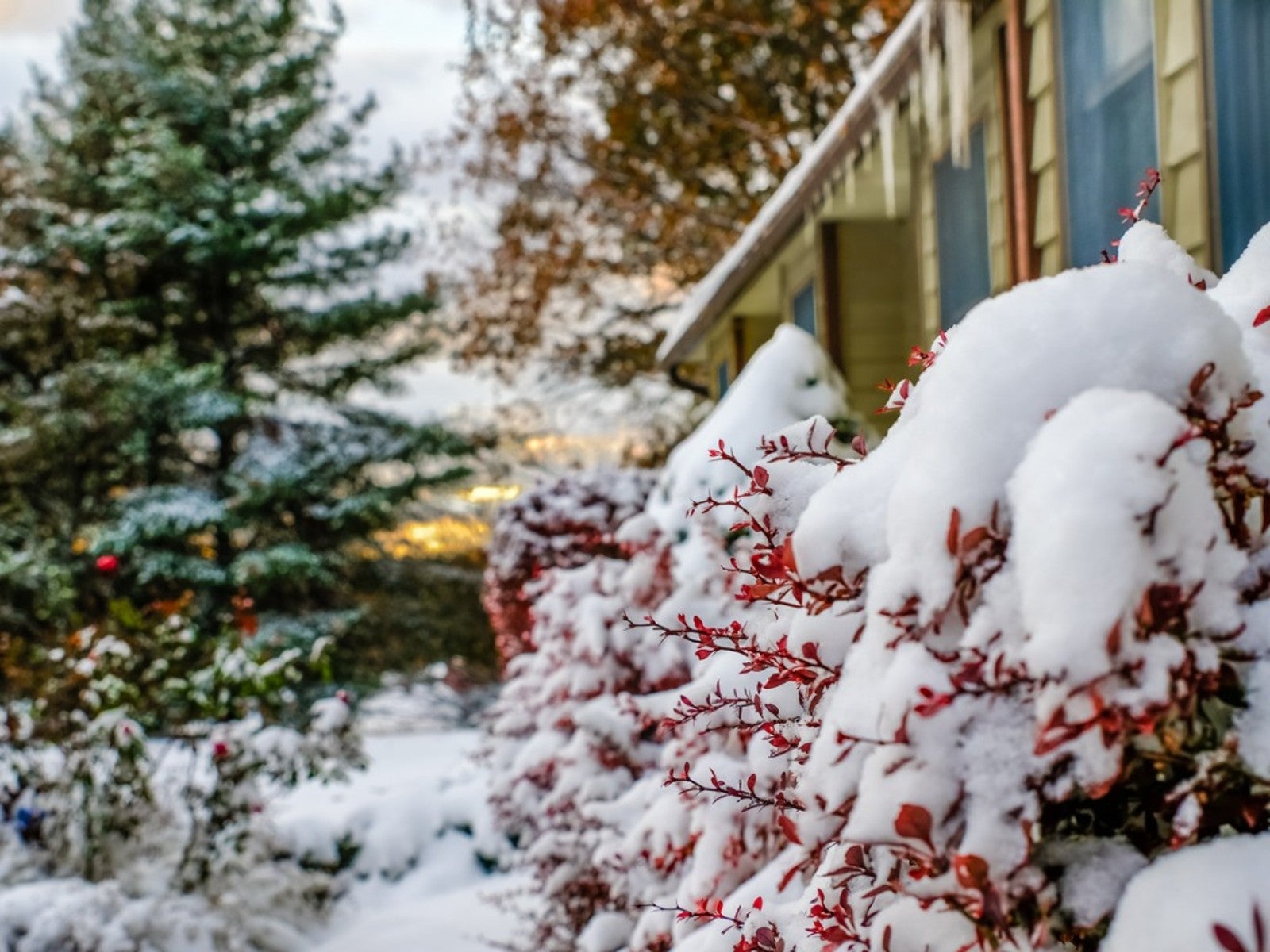 Super Hardy Shrubs And Trees For Northern Climates
Super Hardy Shrubs And Trees For Northern ClimatesWhat are the most cold hardy shrubs and trees for northern climates? Click here to find out.
By Teo Spengler
-
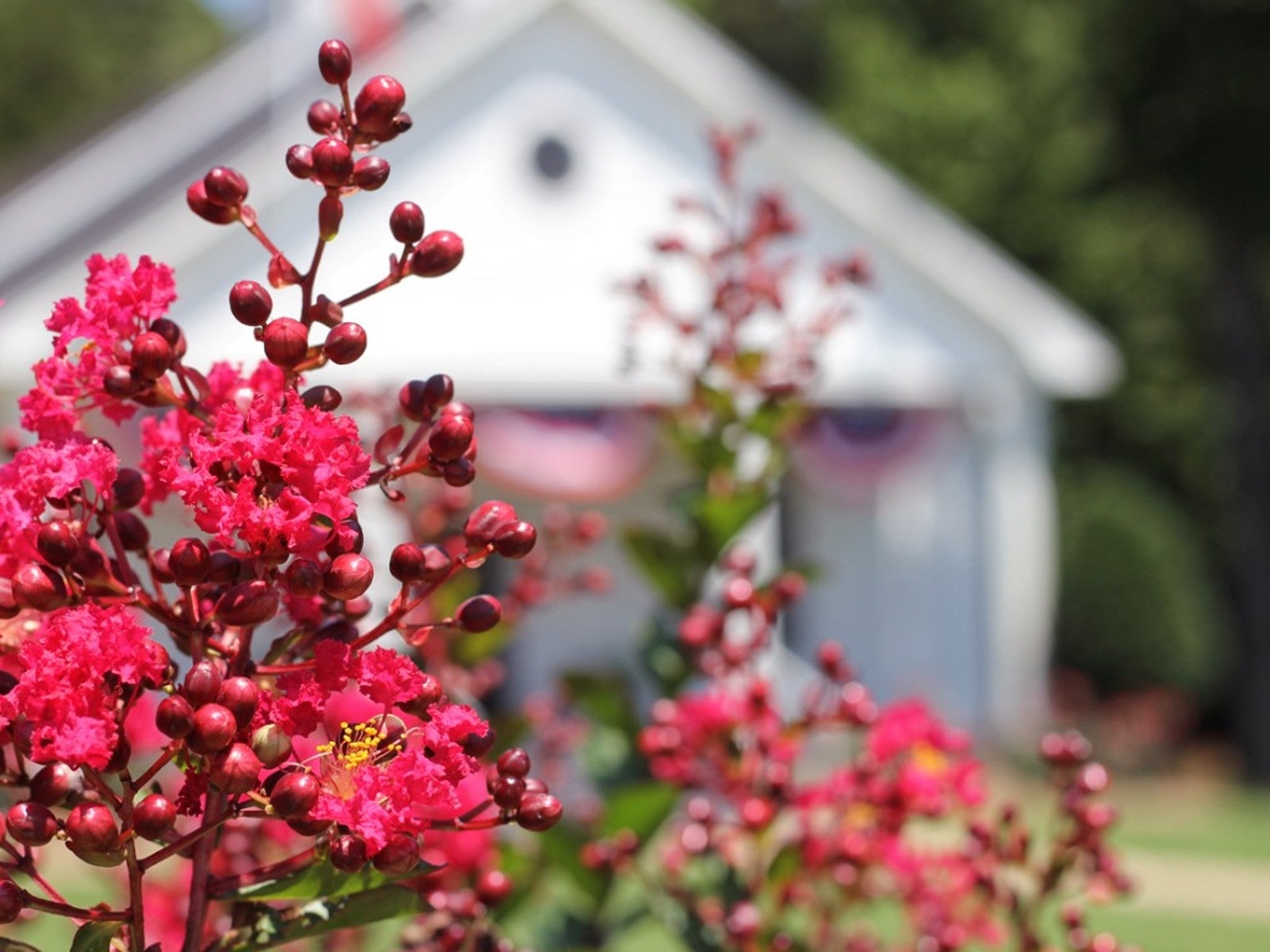 Flowering Shrubs That Like Full Sun And Heat
Flowering Shrubs That Like Full Sun And HeatSome types of flowering shrubs love full sun and summer heat. Read on for full sun shrub suggestions.
By Teo Spengler
-
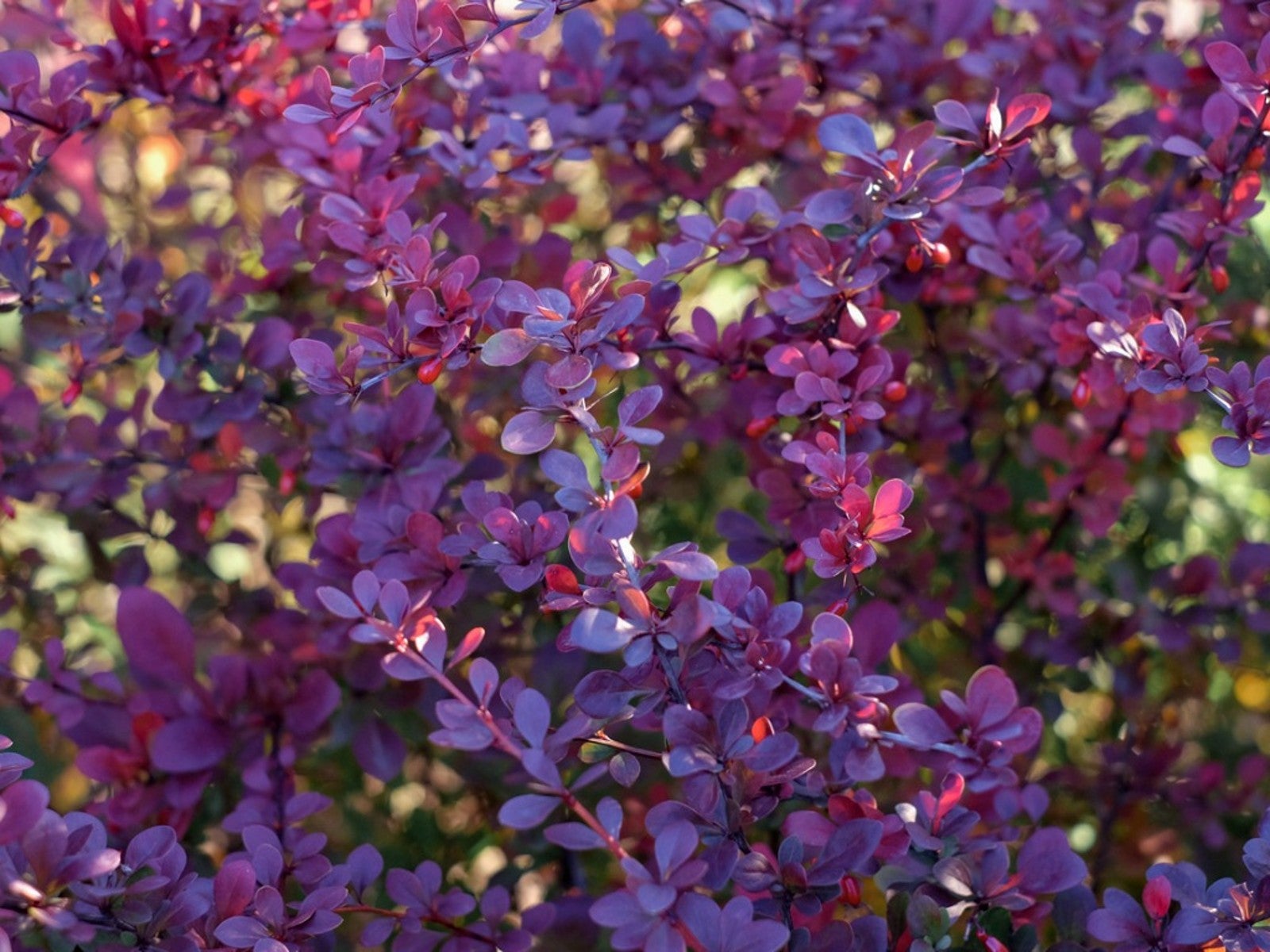 Types Of Shrubs With Purple Leaves
Types Of Shrubs With Purple LeavesIn a garden full of greens and pastels, many gardeners use purple bushes and shrubs for a touch of drama. Here are our favorites.
By Teo Spengler
-
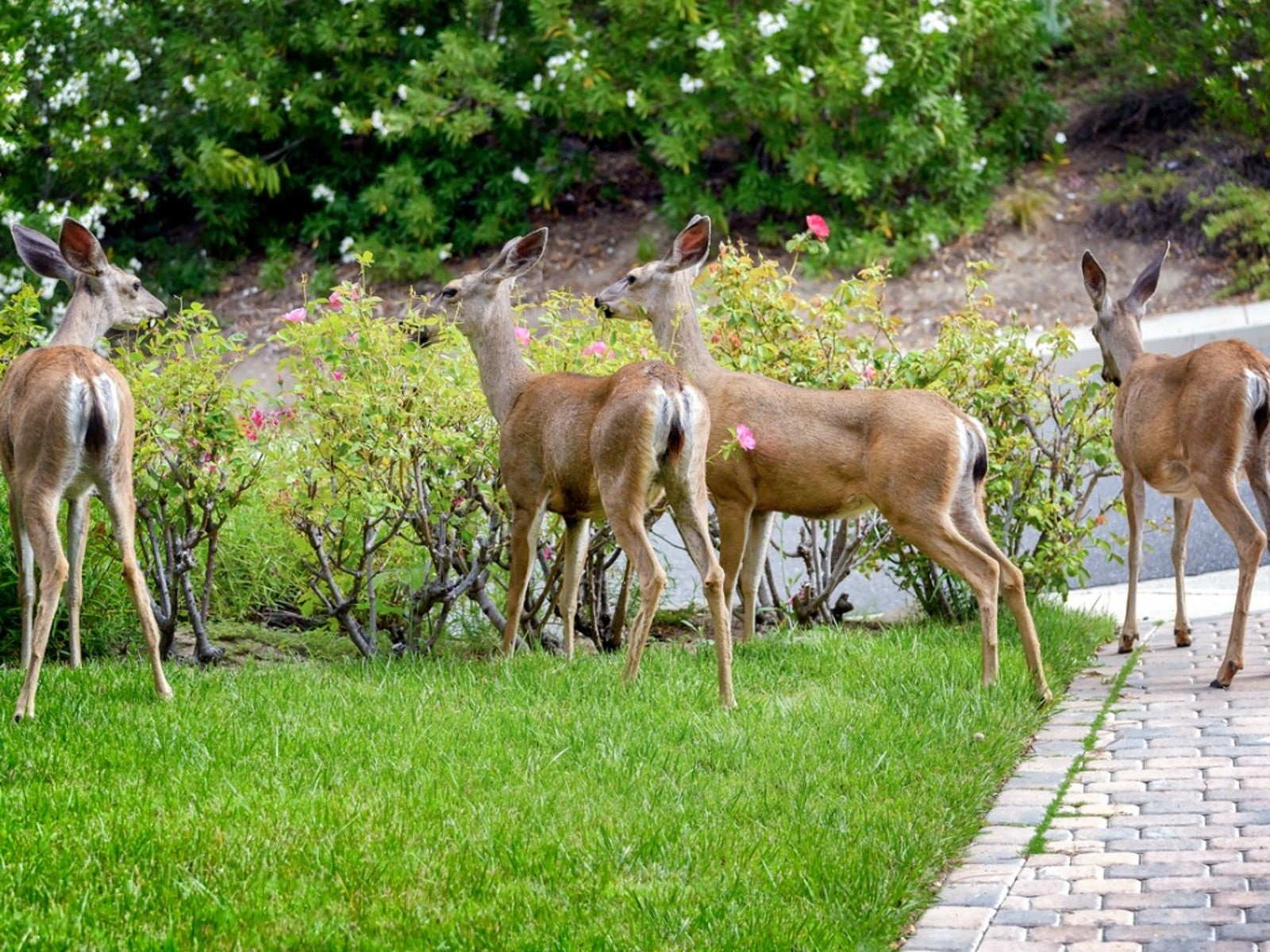 Flowering Shrubs That Are Deer Resistant
Flowering Shrubs That Are Deer ResistantThere is almost nothing a deer will not eat if it is hungry enough, but some plants are better than others. Read on for information on flowering deer resistant shrubs.
By Teo Spengler
-
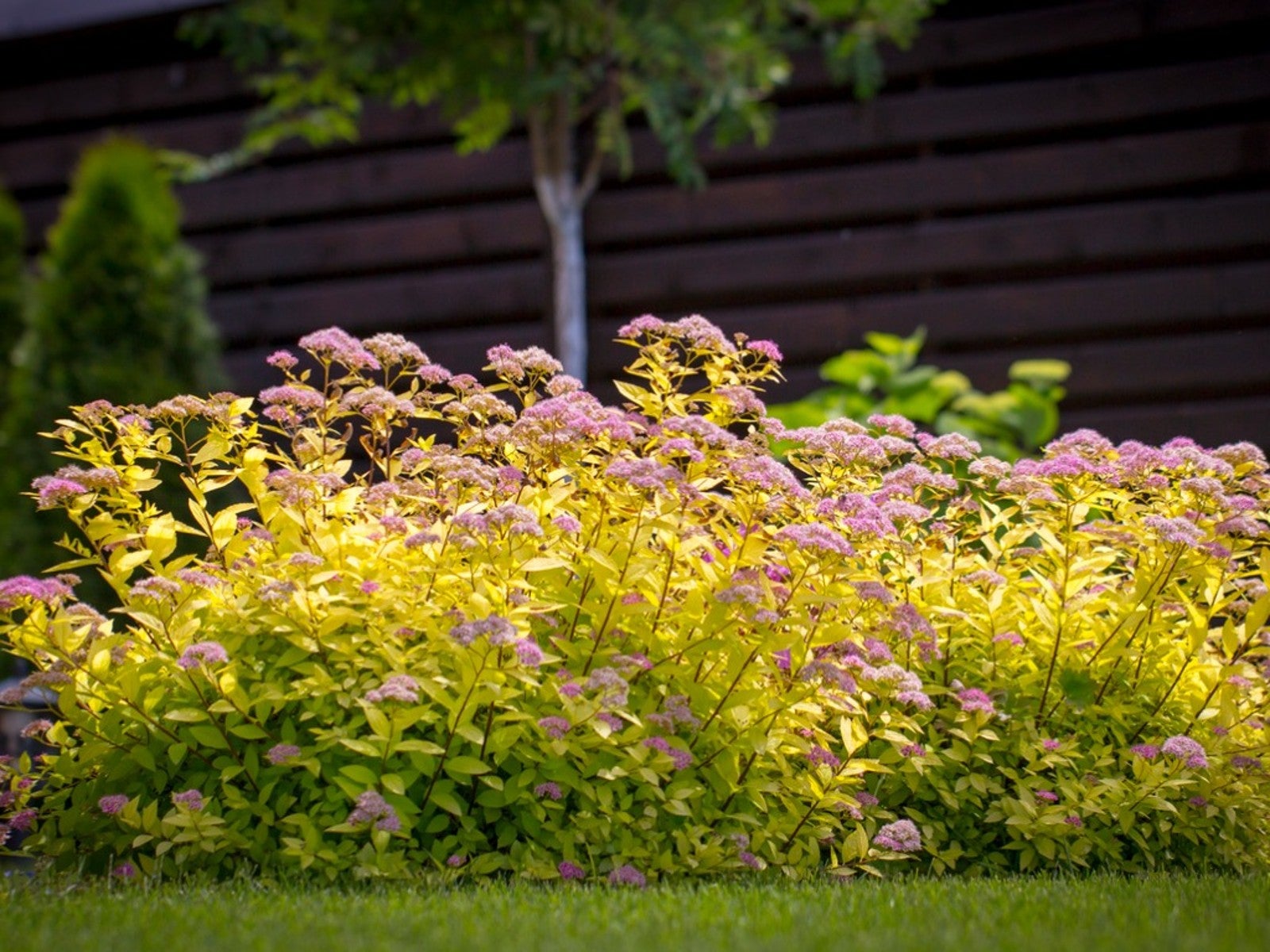 Blooming Invasive Bushes To Avoid
Blooming Invasive Bushes To AvoidWhen it comes to pretty flowers on honeysuckle, scotch broom, and butterfly bush, invasiveness hasn’t always mattered. Today, gardeners know better.
By Mary Ellen Ellis
-
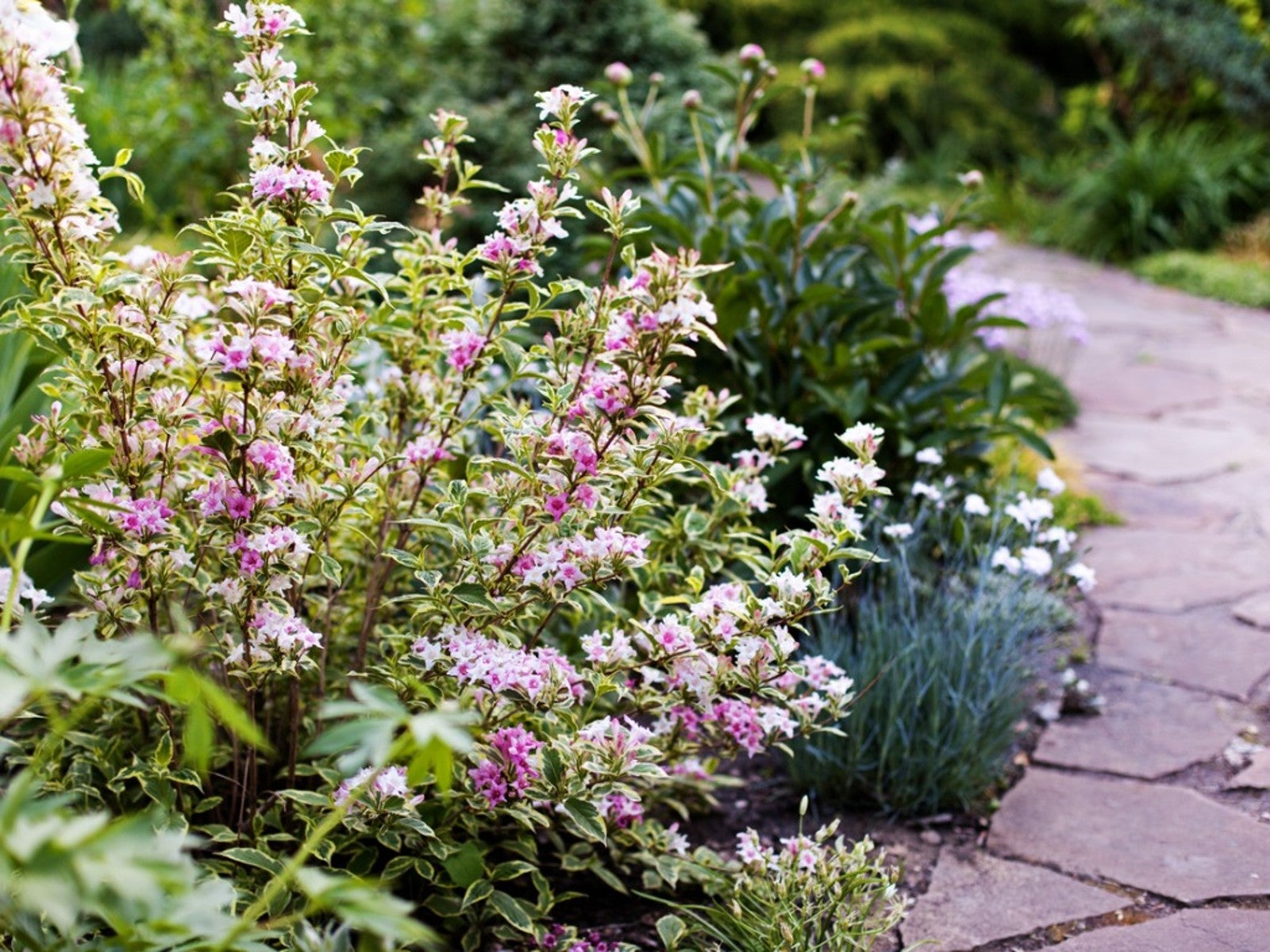 Easy To Care For Flowering Bushes
Easy To Care For Flowering BushesFlowering shrubs are a joy in the landscape, but many gardeners worry about maintenance. Read on for ideas on easy care flowering bushes.
By Teo Spengler
-
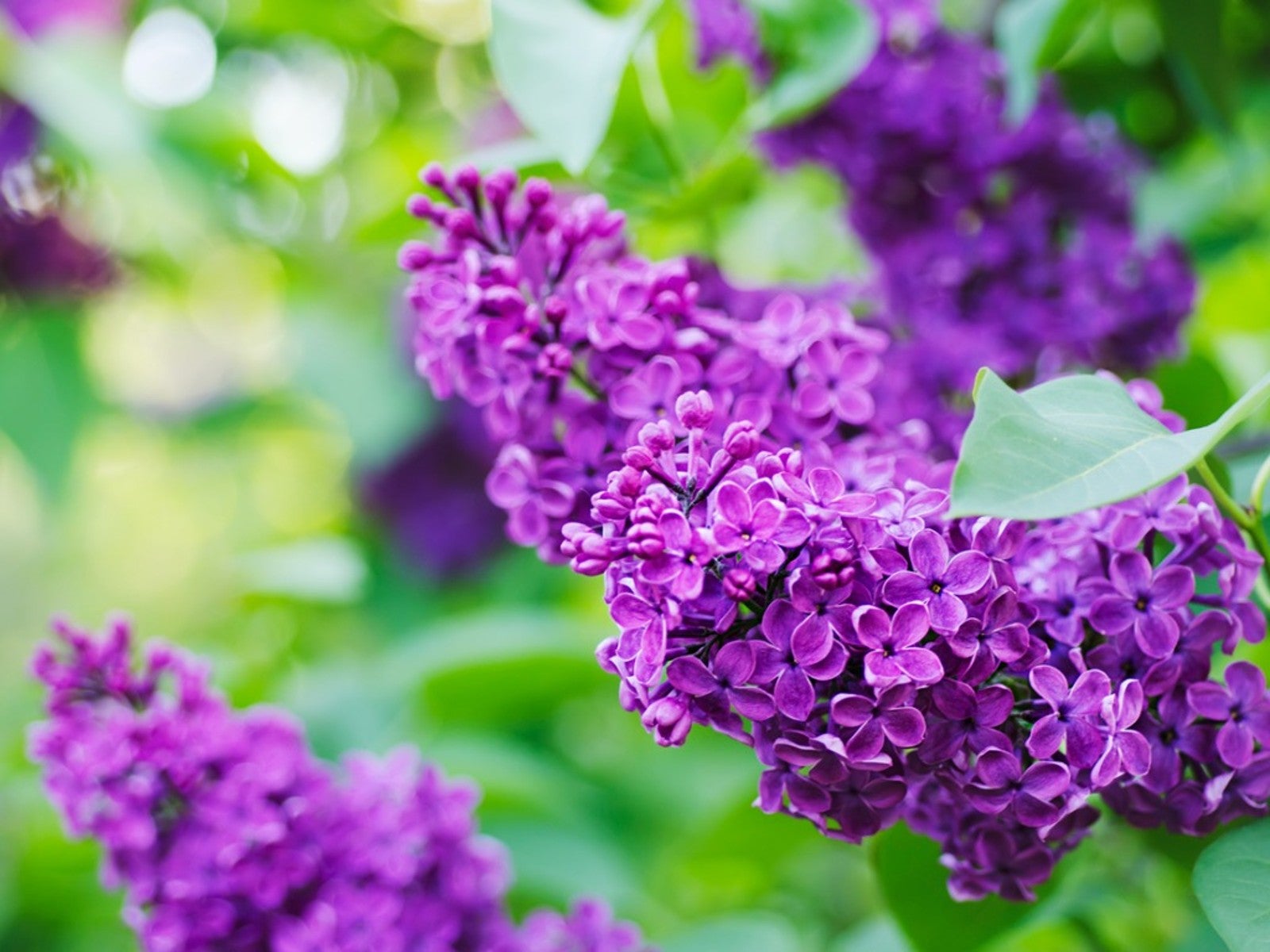 Pretty Purple Flowering Shrubs
Pretty Purple Flowering ShrubsAll flowering shrubs add interest and color to the garden, so why not pick purple? Here are our top recommendations.
By Teo Spengler